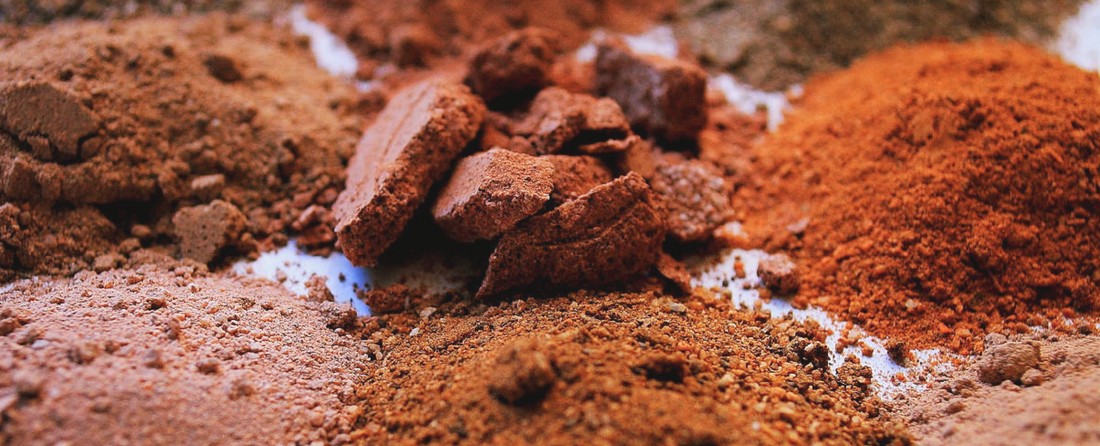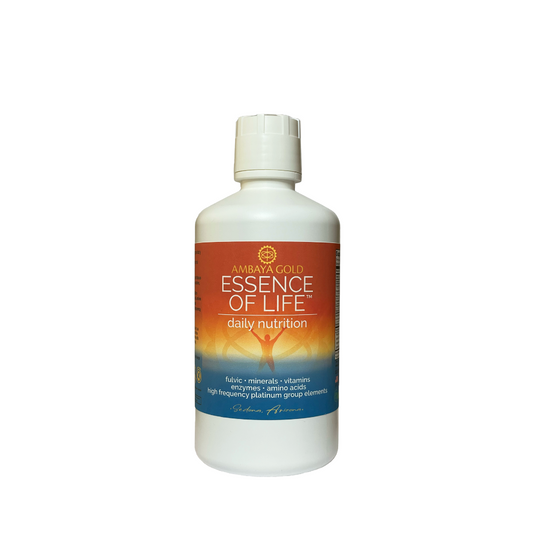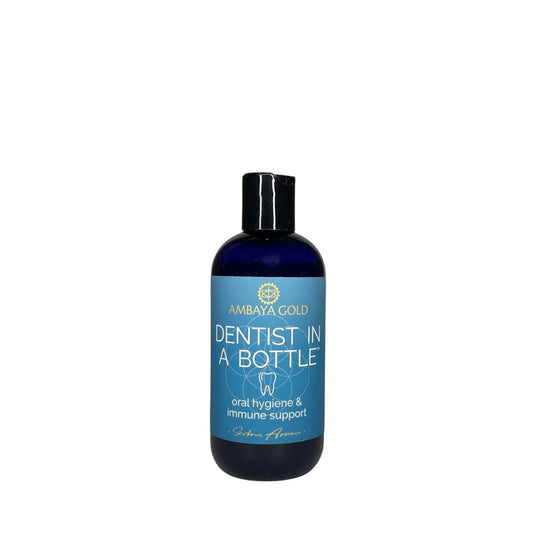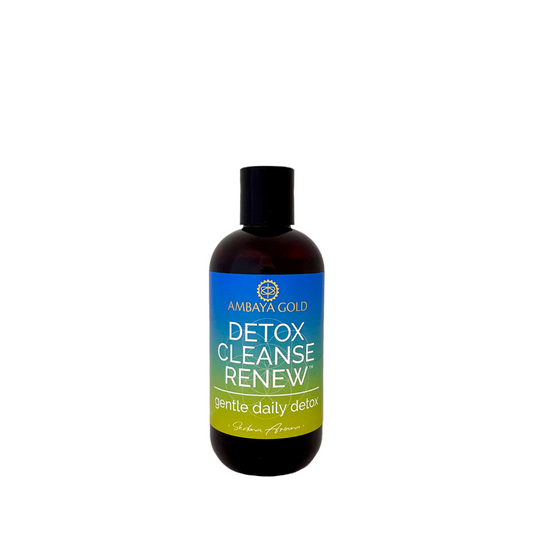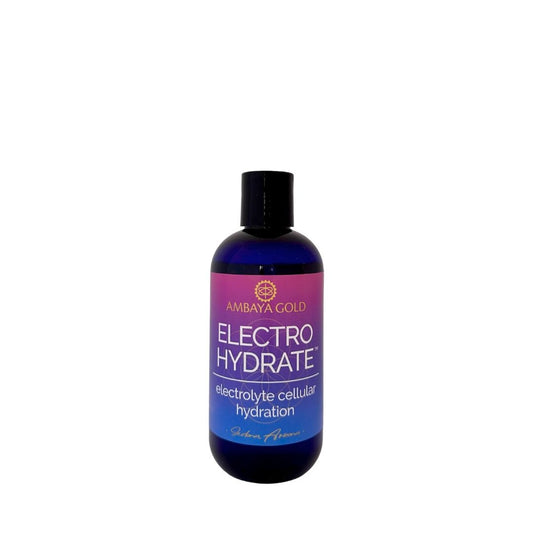Fulvic Acid boasts unique health benefits rarely found in other supplements and it's the base for almost all of our products. While our ancestors obtained Fulvic and Humic Acids naturally from soil, modern diets often lack these essential compounds. As a result, many people now turn to supplements to boost nutrient absorption and overall health. However, not all Fulvic Acids are created equal. This blog explores the origins, extraction processes, and quality indicators that determine the best Fulvic Acid products.
Understanding Fulvic Acid

Fulvic Acid is a natural compound found in the humus component of soil, formed through the decomposition of organic matter by beneficial microorganisms. It contains a rich array of minerals, trace elements, and organic compounds essential for various biological functions. Despite its universal benefits, the quality and composition of Fulvic Acid can vary significantly based on its origin and the extraction methods used. The most common benefits include:
1. Improved Nutrient Absorption
Fulvic Acid may enhance the absorption of nutrients in the body. It helps transport minerals and other nutrients through cell membranes more efficiently, potentially aiding in overall nutrient uptake.
2. Antioxidant Properties
Fulvic Acid possesses antioxidant properties. This can support overall cellular health and protect against oxidative stress.
3. Support for Gut Health
Some studies suggest that Fulvic Acid can support gut health by promoting a healthy balance of gut bacteria. A healthy gut microbiome is crucial for digestion, immune function, and overall well-being.
4. Immune Support
Fulvic Acid may contribute to a healthy immune system. By supporting gut health and enhancing nutrient absorption, it can indirectly promote a more robust immune response.
5. Natural Detoxification
Fulvic Acid is believed to help the body detoxify by binding to toxins and heavy metals, facilitating their removal from the body. This can support the liver and kidneys in their natural detoxification processes.
Origins of Fulvic Acid
The nutritional composition of Fulvic Acid is heavily influenced by its geological origin. It can be sourced from areas abundant in organic matter like ancient seabeds, peat bogs, and forests all diverse in trace elements and organic compounds. Each source offers a unique set of nutrients, contributing to the overall effectiveness of the Fulvic Acid.
The Importance of Extraction Methods

The extraction process is crucial in determining the quality of Fulvic Acid. Common extraction techniques include:
- Acid Extraction: Can alter the natural composition.
- Steam Distillation: Uses heat, potentially degrading some nutrients.
- Water Extraction: Gentle and preserves nutritional integrity.
High-quality Fulvic Acid supplements, like those we provide, use water extraction without heat or chemicals, ensuring the preservation of vitamins, minerals, and other nutrients.
Key Aspects of High-Quality Fulvic Acid
Mineral and Trace Element Content
The geological source of Fulvic Acid determines its mineral and trace element content. High-quality sources, such as those found in Utah, offer a rich spectrum of essential nutrients like magnesium, zinc, copper, and selenium, which are crucial for various biological functions.
Organic Compounds
Fulvic Acid contains diverse organic compounds, including antioxidants, amino acids, and phytochemicals. The specific composition varies based on the source and extraction method. Premium Fulvic Acid products retain a broad spectrum of these compounds, providing additional health benefits.
Purity and Safety
Ensuring the purity and safety of Fulvic Acid is imperative. Look for products that undergo testing for contaminants, heavy metals, and microbial pathogens. Our Fulvic Acid is processed using a unique method involving medical-grade reverse osmosis water, ensuring maximum purity and nutritional value.

How to Choose the Best Fulvic Acid Supplement
Research the Source
Investigate the geological origin of the Fulvic Acid. Different sources offer distinct benefits. Quality Fulvic from Utah, for example, is known for its superior mineral and trace element composition.
Evaluate Extraction Methods
Understand the extraction methods used. Opt for products utilizing gentle techniques like water extraction to maintain the Fulvic Acid’s nutritional profile. Our products are extracted using water, without heat or chemicals.
Seek High-Quality Brands
Choose reputable brands that prioritize quality control and transparency. Look for those that are GMP certified, GMP compliant, and offer third-party testing. Our brand is committed to these standards, ensuring you receive the highest quality supplements.
By understanding the importance of origin, extraction methods, and quality control, you can make an informed decision and enjoy the myriad benefits that high-quality Fulvic Acid offers. In the realm of Fulvic Acid supplements, quality varies widely. Prioritizing high-quality brands that offer transparency and rigorous testing will help you harness the full health benefits of this remarkable compound. Our purpose is to support humanity by allowing us all to live fulfilled, healthy lives so that we may contribute our unique gifts to the world. In order to achieve this, we have always provided the highest quality liquid mineral supplements. What we want most is the highest quality of life for everyone and we feel that our products can help to achieve this.
Sources
- Smith, P., & Santschi, P. H. (2006). "The Role of Organic Carbon in the Cycling of Trace Metals in the Environment." Environmental Science & Technology.
- Stevenson, F. J. (1994). Humus Chemistry: Genesis, Composition, Reactions. John Wiley & Sons.
- Sparks, D. L. (2003). Environmental Soil Chemistry. Academic Press.
- Aiken, G. R., McKnight, D. M., Wershaw, R. L., & MacCarthy, P. (1985). Humic Substances in Soil, Sediment, and Water: Geochemistry, Isolation, and Characterization. Wiley-Interscience.
- Senesi, N., & Loffredo, E. (1999). The Chemistry of Soil Organic Matter. Elsevier.
- Ghabbour, E. A., & Davies, G. (2001). Humic Substances: Structures, Models and Functions. Royal Society of Chemistry.
- Thurman, E. M. (1985). Organic Geochemistry of Natural Waters. Springer.
- Tan, K. H. (2014). Humic Matter in Soil and the Environment: Principles and Controversies. CRC Press.
- Wallace, A., & Wallace, G. A. (1986). "Effects of Humic Acids on Growth and Nutrient Content of Plants Grown in Solution Culture." Soil Science Society of America Journal.
- Hayes, M. H. B., & Wilson, W. S. (1997). Humic Substances, Peats and Sludges: Health and Environmental Aspects. Royal Society of Chemistry.

